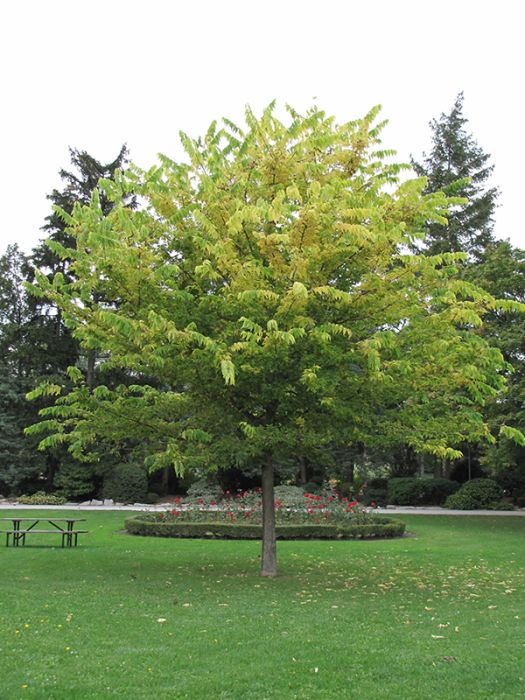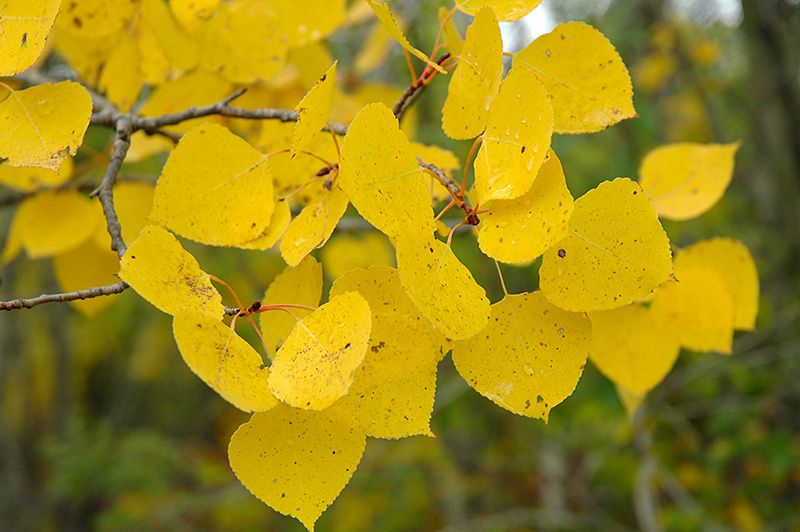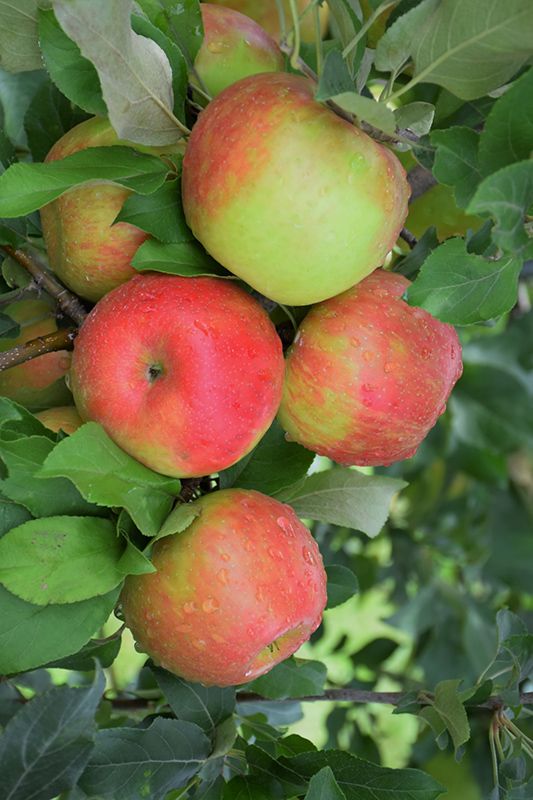Celtis, Common Hackberry



- Sun Preference
- Full-Sun
Description
Interesting rough, corky bark, and yellowish fall foliage; spreading, rounded form. Very tough and adaptable tree.
Minnesota's Largest Selection of Trees
At Minnesota's Destination Garden Center, we offer a diverse range of trees to suit any landscaping need. Whether you're looking for shade trees to cool your home or ornamental trees to add beauty and interest, you'll find the perfect tree at Gertens. Our knowledgeable staff can help you select the right tree for your space and provide tips for care and maintenance. Visit Gertens today and explore the unmatched variety of trees to enhance your outdoor environment!
Details
Common Hackberry | Celtis occidentalis
Height: 70 feet
Spread: 50 feet
Sunlight: full sun
Hardiness Zone: 2b
Brand: Gertens
Description:
One of the toughest of shade trees while maintaining an attractive and neat habit of growth; interesting warty bark, looks quite beautiful with age; tolerant of almost any growing conditions except standing water
Ornamental Features
Common Hackberry has rich green deciduous foliage on a tree with a round habit of growth. The pointy leaves turn buttery yellow in fall. The warty gray bark adds an interesting dimension to the landscape.
Landscape Attributes
Common Hackberry is a deciduous tree with a more or less rounded form. Its relatively coarse texture can be used to stand it apart from other landscape plants with finer foliage.
This tree will require occasional maintenance and upkeep, and is best pruned in late winter once the threat of extreme cold has passed. It is a good choice for attracting birds to your yard. Gardeners should be aware of the following characteristic(s) that may warrant special consideration;
- Insects
Common Hackberry is recommended for the following landscape applications;
- Shade
Planting & Growing
Common Hackberry will grow to be about 70 feet tall at maturity, with a spread of 50 feet. It has a high canopy with a typical clearance of 7 feet from the ground, and should not be planted underneath power lines. As it matures, the lower branches of this tree can be strategically removed to create a high enough canopy to support unobstructed human traffic underneath. It grows at a slow rate, and under ideal conditions can be expected to live for 80 years or more.
This tree should only be grown in full sunlight. It is an amazingly adaptable plant, tolerating both dry conditions and even some standing water. It is not particular as to soil type or pH, and is able to handle environmental salt. It is highly tolerant of urban pollution and will even thrive in inner city environments. This species is native to parts of North America.
More Information
| Available for Pre-Order | No |
|---|---|
| Tree Type | Shade & Ornamental |
| Sun Preference | Full-Sun |
| USDA Hardiness Zone | 2, 3, 4, 5, 6, 7 |
| Common Family Name | Hackberry |




